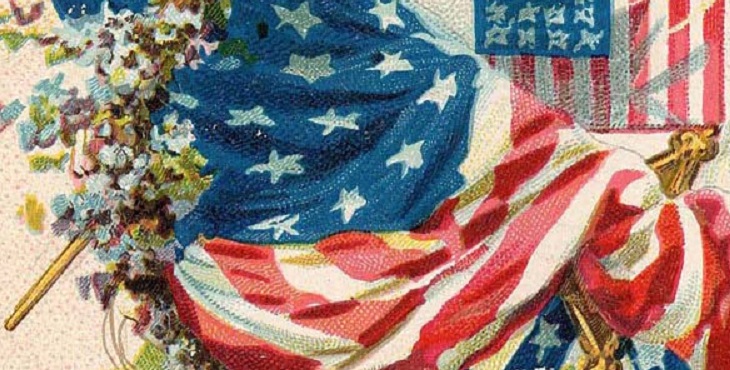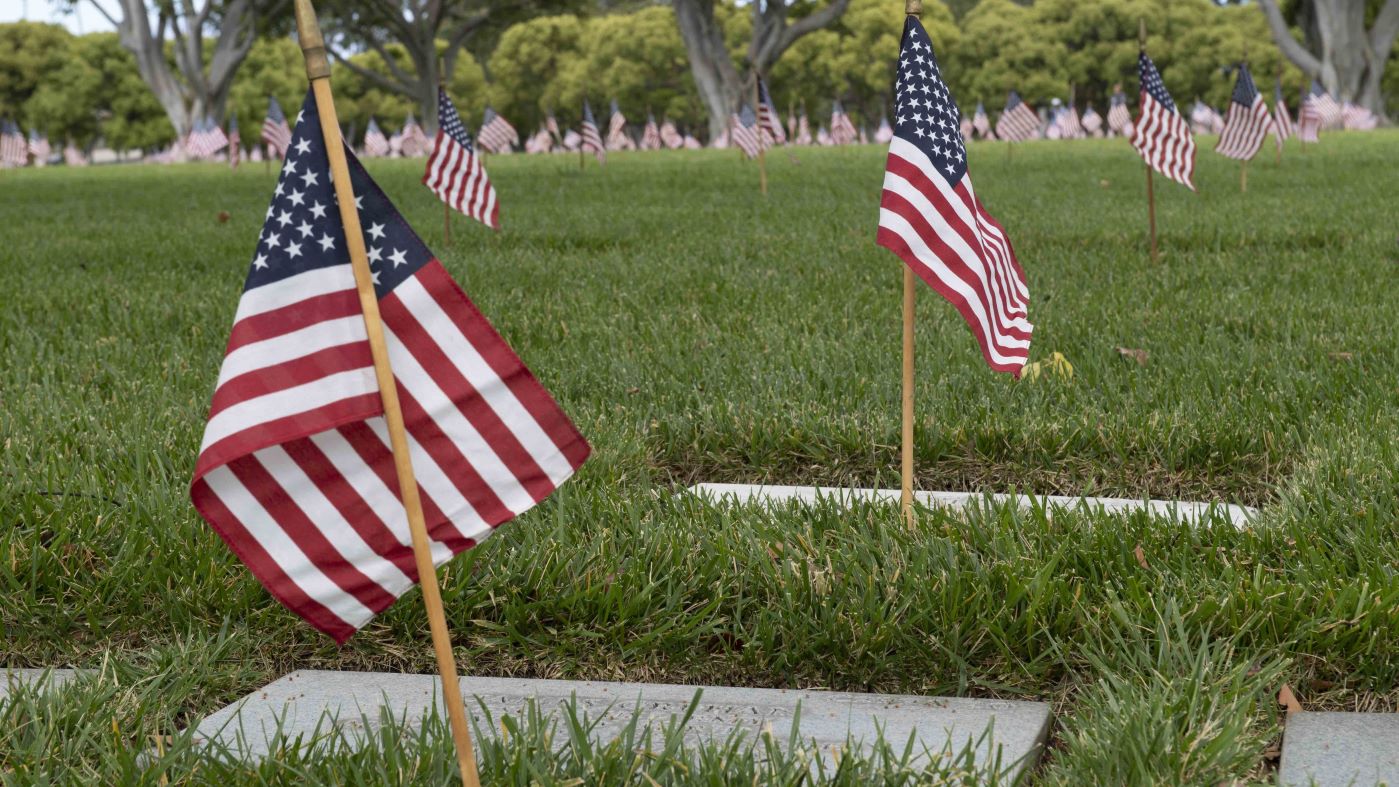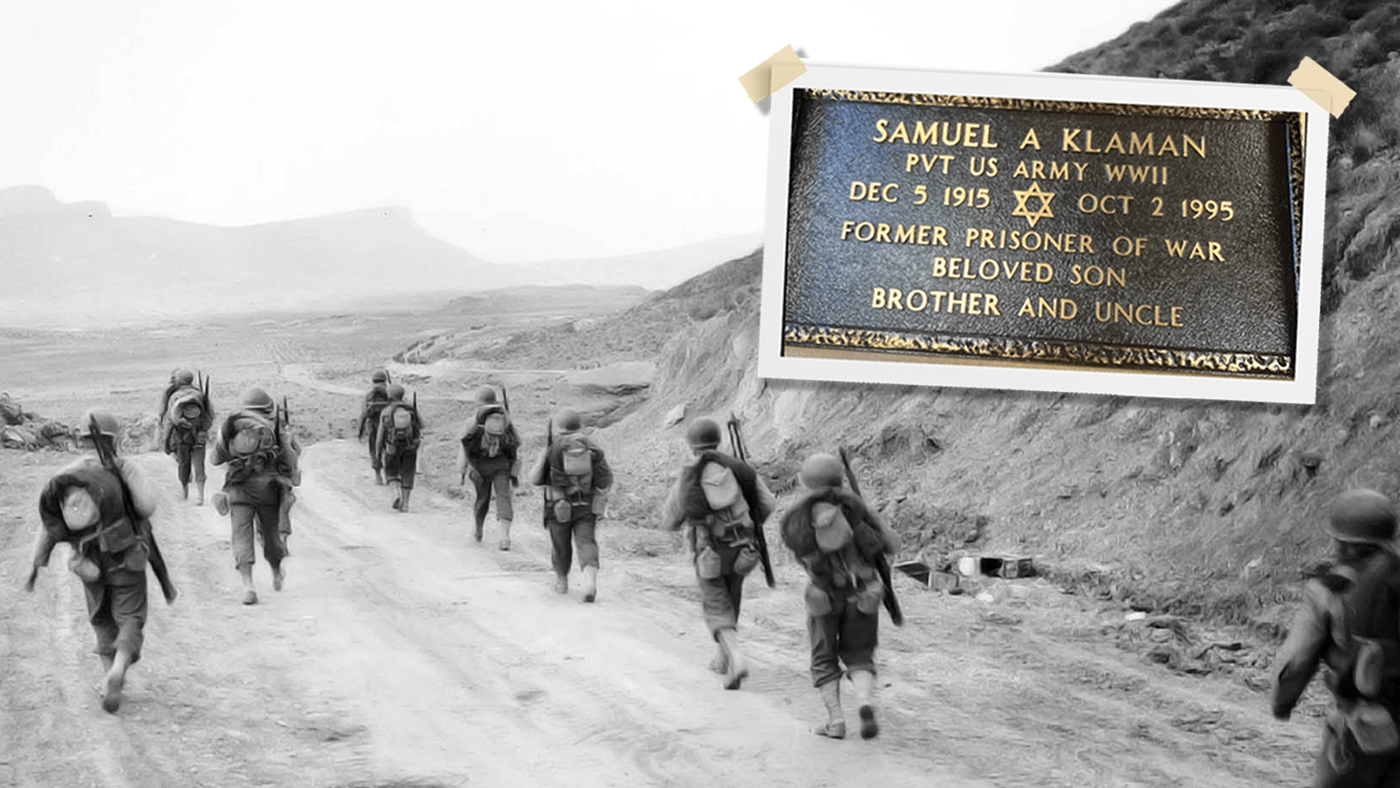This month, Memorial Day will be observed for the 150th time. Over years, the manner in which the nation has recognized this special day has changed in some ways while other traditions have stayed the same.
Sara Amy Leach, NCA’s senior historian, shares the origin and history of Decoration or Memorial Day, and reminds us of the holiday’s true meaning.
May culminates with Memorial Day when Americans remember service members in death (Veterans Day is for the living). The occasion began as a wave of post-Civil War appreciation in 1868. Today it is a national holiday observed on the last Monday of the month and the unofficial start of summer. There are still parades with Veterans and service members, patriotic concerts, and abundant U.S. flags. But in recent years these are blurred by less-patriotic activities: a beach weekend, backyard barbeques, retail bonanzas. Even U.S. News and Report just reported, “Happily, Memorial Day sales seldom disappoint.” It is hard to track how we got here from what began as a national day designated for mourning, but old-fashioned patriotism seems to be on the rise.

“Decoration Day Post Cards,” Series No. 107. Raphael Tuck & Sons Publisher, 1909. (NCA History Collection)
The human loss associated with the four-year Civil War is still unrivaled: 2 percent of the U.S. population died, 14 percent of all combatants. The Army’s diligence was remarkable. It combed the theaters of war and afterward published the names of Union dead in the Roll of Honor. By 1870, most recovered Union remains were reburied in 74 “new” national cemeteries. This undertaking was the first time a federal government honored its fallen troops through perpetual care in military cemeteries– a mission NCA continues today.
The nation’s wound was raw but its mood grateful. Disabled veterans were hired to oversee these sacred grounds, to erect headboards and protective picket fences. The Grand Army of the Republic (GAR) galvanized the movement to memorialize the Union dead and to honor Veterans. John A. Logan (1826-1886), politician and Veteran of two wars, was the ideal advocate. As GAR commander in chief, on May 5, 1868, he issued General Orders No. 11 to promote a “National Memorial Day.” The first year was so successful, with programs in 27 states, Logan issued a second order in 1869 thanking participants and urging them to do it annually.
This sentimental patriotism is preserved in popular culture. Literary figures wrote of solemn sacrifice. Poet Henry Wadsworth Longfellow, whose eldest son was injured in the Civil War, penned “Decoration Day” in 1882. It concludes with: Your silent tents of green /We deck with fragrant flowers; / Yours has the suffering been, / The memory shall be ours. The 1-cent postcard, generally available early in the twentieth century, was a popular memento featuring colorful vignettes of Veterans, flags, verse, widows and orphans. Later, G.O. 11 was literally cast on metal plaques and placed in some national cemeteries.
Other cultural practices we associate with Memorial Day today crystalized through the nineteenth century: U.S. flags at half-mast and smaller ones placed on individual graves. Speaker stands called “rostrums” were built in national cemeteries for official ceremonies. Flowers were available most places in May; thus the Memorial Day order directs, “garland the passionless mounds…with choicest flowers of springtime.” The haunting “Taps,” first played for a military funeral in 1862, became a staple of Memorial Day ceremonies at cemeteries.
Although many have tried to pinpoint one town or cemetery in the North or South as the birthplace of Memorial Day…well, it’s complicated. Dozens of locales vie for the title but there is not one answer. Gradually the name “Decoration Day” was deemed “too superficial” to capture the emotional depth of national mourning, and around the turn of the twentieth century it began to evolve toward “Memorial Day.” With World War I, it was expanded to honor those who have died in all American wars. The Uniform Monday Holiday Act of 1968 established Memorial Day as the last Monday in May, but it was another three years before it became an official federal holiday.
Floral and flag-filled tributes have been familiar expressions of Memorial Day appreciation in communities and cemeteries each May for 150 years, but Logan saw the need for flexibility, too. “In this observance no form or ceremony is prescribed, but [GAR] posts and comrades will in their own way arrange such fitting services and testimonials of respect as circumstances may permit.” The GAR is gone but NCA shares its ideal of flexibility. This Memorial Day, do what you can, where ever you are, to honor the men and women who served and died for the nation.
Sara Amy Leach
Sara Amy Leach is the senior historian at National Cemetery Administration.
Topics in this story
More Stories
In November 2024, VA's National Cemetery Administration (NCA) officially opened new Green Burial sections at three national cemeteries.
Beginning on Nov. 9, 2024, VA will accept applications for payment of a monetary allowance for privately purchased OBRs and for OBRs provided by a grant-funded cemetery, when the OBR is placed at the time of interment. This allowance may be paid for burials that occurred on or after the effective date of the new authority which is Jan. 5, 2023.
With help from VBA and NCA, an administrative correction honored a WWII soldier's service and Jewish identity.









Thank you for this post. We all need to remember those that lost their lives for the freedom of others.